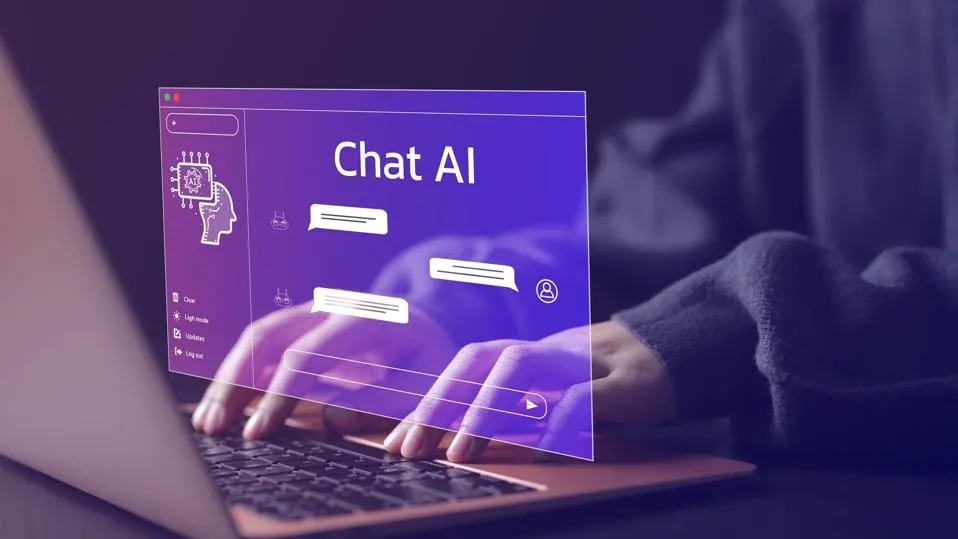The integration of artificial intelligence into our daily lives is no longer a futuristic vision but a present reality. Among the innovations leading this transformation is Chat GPT, an AI chatbot that has captivated industries and users alike. Initially launched by Open AI, Chat GPT has evolved rapidly, becoming more than just a chatbot—it is a powerful tool that assists in numerous applications, from customer service to creative writing.
The Origins of Chat GPT
ChatGPT is rooted in GPT (Generative Pre-trained Transformer) technology, developed by OpenAI. GPT models are based on deep learning, specifically designed for natural language processing (NLP). GPT-2, released in 2019, demonstrated the vast potential of this technology by generating coherent text. However, GPT-3, which forms the basis for ChatGPT, took the technology a step further by using 175 billion parameters. This massive leap enabled the model to generate even more sophisticated, human-like responses.
How Chat GPT Works
ChatGPT functions by processing input text and predicting the next word or sequence based on patterns it has learned from a vast dataset. The model is pre-trained on a diverse range of internet sources, allowing it to have knowledge across multiple domains. It can understand prompts, generate relevant answers, and engage in extended conversations, making it a versatile tool for both casual users and professionals.
Chat GPT’s Evolution Through Iterations
The evolution from GPT-2 to GPT-3 represented a significant leap in AI’s capacity for human-like interaction. GPT-4, as hinted in various sources, focuses on improved context retention, better handling of nuanced queries, and reducing biases. ChatGPT is part of this evolution, becoming an indispensable tool for businesses and individuals alike. It adapts to specific industries, learning their jargon and optimizing its responses for more specialized tasks.
Key Features That Set Chat GPT Apart
ChatGPT offers various advanced features, making it unique in the AI landscape:
Human-like Conversational Ability
The core feature of ChatGPT is its ability to converse almost as naturally as a human would. With its vast training data and complex algorithms, the chatbot can generate responses that mimic human language patterns.
Context Retention
One of the most significant improvements in newer versions of ChatGPT is its ability to retain context over extended conversations. This allows the AI to generate more accurate and relevant responses without users needing to provide repetitive information.
Task Flexibility
ChatGPT is not just a conversational tool but can perform a variety of tasks. From drafting emails to summarizing lengthy documents or providing code snippets, ChatGPT’s application range is vast.
Real-World Applications of Chat GPT
The potential applications of Chat GPT are diverse. It has already made an impact in several fields, including:
Customer Service
Businesses use Chat GPT to automate responses, helping customers with inquiries around the clock without human intervention. This improves efficiency while reducing operational costs.
Content Creation
Content creators leverage Chat GPT to write blog posts, articles, and even marketing copy. The tool helps streamline the creative process, allowing for faster output without sacrificing quality.
Programming Assistance
Coders use Chat GPT to debug and create code snippets, enhancing their productivity by serving as a quick, reliable resource for solving technical problems.
Education
Educational platforms employ ChatGPT to tutor students, answer questions, and provide explanations on various topics, enhancing personalized learning experiences.
The Role of Chat GPT in Businesses
In the corporate world, Chat GPT has been a game-changer. Many companies use it for everything from generating marketing strategies to handling customer inquiries. It allows businesses to automate routine tasks, freeing up human employees for more strategic, creative work.
Moreover, ChatGPT is revolutionizing digital marketing. The ability to analyze market trends, craft personalized messages, and optimize content for SEO makes it a valuable tool for brands looking to expand their online presence.
Ethical Considerations and Challenges
Despite its advantages, ChatGPT is not without its challenges. One major concern is the ethical implications of AI-generated content. As AI systems can be biased based on the data they are trained on, there is a need for constant vigilance to ensure that outputs remain neutral and do not propagate harmful stereotypes or misinformation.
Another challenge is the risk of misuse. ChatGPT, like many AI tools, could be exploited to create fake news or misleading information, raising concerns about its role in society.
The Future of AI Chatbots and Chat GPT’s Role
Looking ahead, the future of ChatGPT and similar AI chatbots seems bright. With advancements in natural language understanding and machine learning, these systems will only become more sophisticated, with better personalization capabilities and improved efficiency in handling complex tasks.
ChatGPT’s development reflects a broader trend in AI technology toward making machines more interactive and contextually aware. As industries continue to adopt AI-powered tools, ChatGPT is likely to play an even more significant role in shaping the future of human-computer interaction.
Chat GPT as a Catalyst for Innovation
The ongoing development of ChatGPT represents a broader shift toward AI’s integration into everyday life. Whether it’s improving customer service, assisting with creative projects, or acting as a helpful guide for developers, ChatGPT is a reflection of how far AI has come—and how much further it can go.
While challenges remain, particularly in ethical domains, the benefits of Chat GPT in terms of efficiency and innovation cannot be understated. As AI continues to evolve, tools like Chat GPT will likely become even more integral to personal, professional, and commercial applications.







